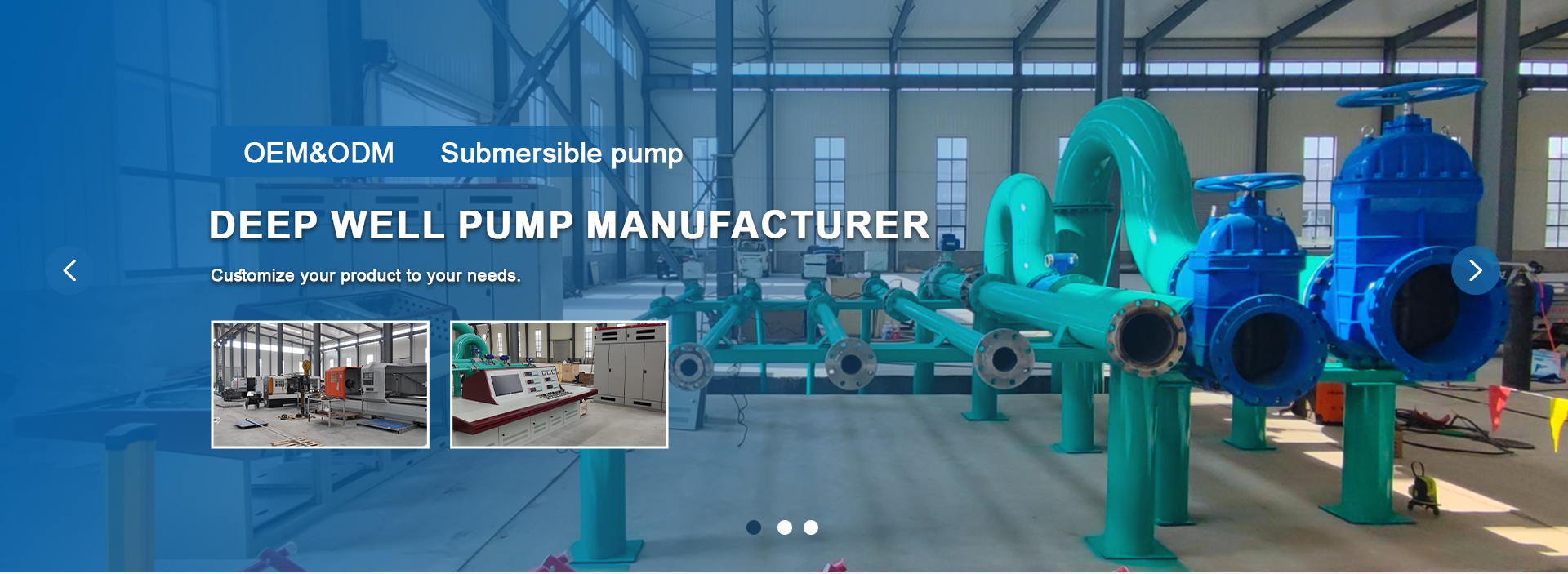Oct . 18, 2024 19:04 Back to list
Wiring Guide for Deep Well Submersible Pump Installation and Maintenance
Wiring a Deep Well Submersible Pump A Comprehensive Guide
Deep well submersible pumps are essential devices used to extract water from deep underground sources. These pumps are designed to operate submerged in water, which makes their wiring and installation a bit different from traditional pumps. This article outlines the key aspects of wiring a deep well submersible pump, including safety considerations, necessary materials, and step-by-step instructions.
Understanding the Basics
Before diving into the wiring process, it's important to understand the basic components of a deep well submersible pump. These pumps typically consist of a motor, a pump bowl, and a discharge head. The motor is situated at the bottom of the well, where it operates the pump to draw water upward. The wiring ensures that electrical power is supplied to the motor efficiently and safely.
Safety First
Safety should always be the first priority when working with electrical devices, especially those that operate in water. Here are some crucial safety tips
1. Disconnect Power Always turn off the power supply at the breaker before beginning any wiring work to prevent electrical shock.
2. Use Proper Gear Wear insulated gloves and boots and ensure that the work area is dry to minimize the risk of accidents.
3. Follow Local Codes Ensure that your installation complies with local building and electrical codes, which might dictate specific wiring types and practices.
Materials Needed
To wire a deep well submersible pump, you will need the following materials
deep well submersible pump wiring

- Submersible pump - Motor control box - Appropriate gauge wire (typically 10 or 12 gauge, depending on the pump) - Waterproof junction box - Electrical conduit - Cable connectors - Grounding rod and wire
Step-by-Step Wiring Guide
1. Determine the Location Before beginning, identify the location of the pump, the control box, and the power source. The wiring distance will dictate the wire gauge needed to reduce voltage drop.
2. Install the Motor Control Box Place the motor control box above ground, ensuring it's located in a dry and accessible position. This box serves as the interface between the power supply and the pump.
3. Connect Power Supply Run the power supply wire from the main electrical panel to the motor control box. Ensure that this wiring is done according to local electrical codes, using a waterproof conduit if necessary.
4. Wire the Pump Inside the control box, connect the wires from the pump to the corresponding terminals on the motor control box. Generally, the pump will have three wires one for each phase of power and a ground wire. Pay close attention to wire color coding (typically black for hot, white for neutral, and green or bare for ground).
5. Make Waterproof Connections Use cable connectors to ensure that all connections are waterproof, especially those underground. This prevents water ingress, which can lead to shorts and pump failure.
6. Install Grounding Ground the system according to local codes. This usually involves driving a grounding rod into the ground and connecting it to the motor control box.
7. Test the Setup Once all connections are made, double-check all wiring before restoring power. Turn on the pump and monitor its operation to ensure everything functions as expected.
Final Thoughts
Wiring a deep well submersible pump can be a daunting task, but with the right tools, materials, and safety precautions, it can be completed successfully. Always consult the manufacturer's manual for specific wiring instructions related to your model. If you're unsure about any steps or regulations, it’s wise to hire a licensed electrician to ensure safety and compliance. By following these guidelines, you can ensure that your deep well pump operates efficiently and reliably, providing a consistent water supply when you need it most.
-
Submersible Water Pump: The Efficient 'Power Pioneer' of the Underwater World
NewsJul.01,2025
-
Submersible Pond Pump: The Hidden Guardian of Water Landscape Ecology
NewsJul.01,2025
-
Stainless Well Pump: A Reliable and Durable Pumping Main Force
NewsJul.01,2025
-
Stainless Steel Submersible Pump: An Efficient and Versatile Tool for Underwater Operations
NewsJul.01,2025
-
Deep Well Submersible Pump: An Efficient 'Sucker' of Groundwater Sources
NewsJul.01,2025
-
Deep Water Well Pump: An Efficient 'Sucker' of Groundwater Sources
NewsJul.01,2025
-
 Submersible Water Pump: The Efficient 'Power Pioneer' of the Underwater WorldIn the field of hydraulic equipment, the Submersible Water Pump has become the core equipment for underwater operations and water resource transportation due to its unique design and excellent performance.Detail
Submersible Water Pump: The Efficient 'Power Pioneer' of the Underwater WorldIn the field of hydraulic equipment, the Submersible Water Pump has become the core equipment for underwater operations and water resource transportation due to its unique design and excellent performance.Detail -
 Submersible Pond Pump: The Hidden Guardian of Water Landscape EcologyIn courtyard landscapes, ecological ponds, and even small-scale water conservancy projects, there is a silent yet indispensable equipment - the Submersible Pond Pump.Detail
Submersible Pond Pump: The Hidden Guardian of Water Landscape EcologyIn courtyard landscapes, ecological ponds, and even small-scale water conservancy projects, there is a silent yet indispensable equipment - the Submersible Pond Pump.Detail -
 Stainless Well Pump: A Reliable and Durable Pumping Main ForceIn the field of water resource transportation, Stainless Well Pump has become the core equipment for various pumping scenarios with its excellent performance and reliable quality.Detail
Stainless Well Pump: A Reliable and Durable Pumping Main ForceIn the field of water resource transportation, Stainless Well Pump has become the core equipment for various pumping scenarios with its excellent performance and reliable quality.Detail
